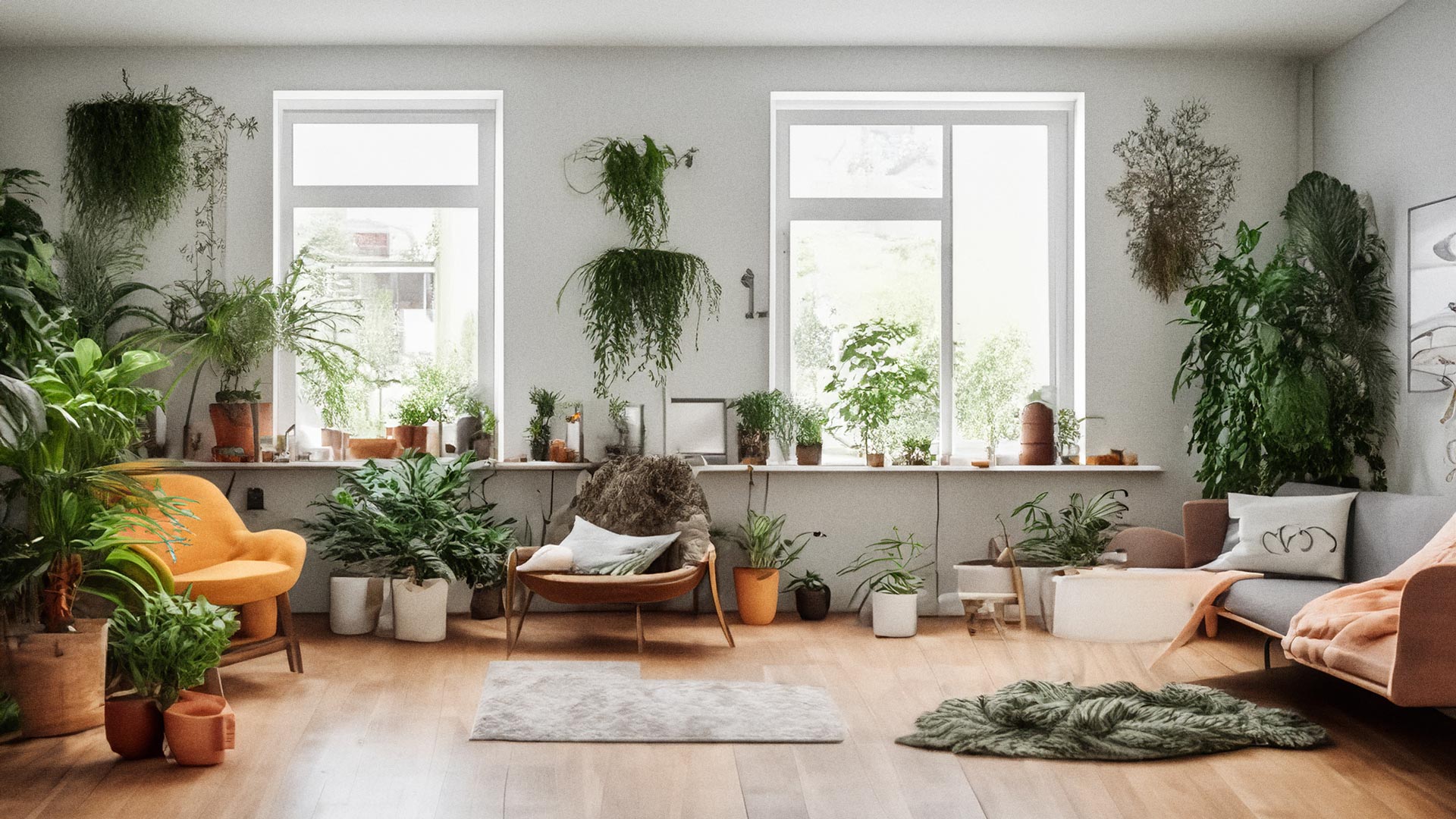Airbnb’s Design-Led Growth: A Case Study in Business Innovation
How Airbnb's approach to business innovation transformed a modest startup into a global unicorn.

Startups are known to bloom and fade rapidly, and Airbnb was no different. However, Airbnb’s ascent from a modest startup to a global powerhouse stands as a solid proof to the transformative power of design.
Founded in 2009, Airbnb initially struggled, generating a mere $200 per week. Today, it’s a multi-billion-dollar enterprise operating in nearly 192 countries, redefining the travel experience for millions. Central to this extraordinary transformation is a design philosophy that’s beyond aesthetics, embedding itself into every corner of the company’s operations.
It began with co-founder Joe Gebbia, who applied principles learned at the Rhode Island School of Design to elevate the company’s focus from mere functionality to a holistic user experience. This shift in paradigm, from viewing design as a superficial layer to making it the core of business strategy, marked a radical departure from the industry norm.
Airbnb faced the formidable challenge of overcoming inherent biases against strangers. They addressed this by creating a platform that not only facilitated accommodation sharing but also fostered trust through thoughtful design. This approach included a well-structured reputation system and an intuitive communication model, significantly increasing host acceptance rates.
For Airbnb, the product is not just a website or an app; it encompasses the entire customer journey, from browsing listings to the stay experience itself. This expansive view of the product led to the development of innovative features like “Experiences” and “Airbnb Plus,” which offer unique cultural experiences and premium accommodations, respectively, creating new revenue streams and diversifying their offerings.
Brian Chesky, co-founder and CEO, envisioned a service so exceptional that customers would demand a way to rate it beyond the conventional five-star system. This ambition drove Airbnb to relentlessly pursue excellence in every customer interaction, reshaping the industry’s standard of service and user satisfaction.
The interplay between company culture and design at Airbnb is evident in how their offices are designed to reflect the varied spaces listed on their platform. This design strategy not only makes for a unique workspace but also serves as a constant reminder of the company’s mission and values, fostering a strong, unified culture.
In applying their solution, Airbnb’s approach integrates several key elements.
The primary goal is to establish the company as the leading choice in the travel and hospitality sector, driven by a commitment to design-led innovation. This is achieved through a comprehensive design strategy that prioritizes user experience, fosters trust, and embraces a broad product perspective.
The execution involves applying design thinking principles across all aspects of the business, encompassing product development and company culture, to ensure ongoing innovation and user satisfaction.
To measure the effectiveness of this strategy, Airbnb tracks user satisfaction via ratings and reviews, monitors engagement levels of both hosts and guests, and evaluates the impact of design innovations on revenue and market expansion. This multifaceted approach underscores Airbnb’s dedication to maintaining its position as a frontrunner in the industry through a relentless focus on design and user-centricity.
Implementing this design-centric approach has not only enhanced Airbnb’s financial success but also fundamentally changed how travelers interact with their destinations. By focusing on user experience and trust, Airbnb has cultivated a loyal user base that values not just the practicalities of accommodation, but also the richness of local experiences and connections. This transformation reaffirms the potential of design as a powerful business tool, capable of creating meaningful experiences and driving growth.
Key Takeaways
- Integrate Design as a Business Strategy: Emphasizing design as a central strategy can transform a company’s trajectory, leading to innovation and growth.
- Build Trust Through User Experience: Addressing trust issues, especially in digital platforms, is crucial for engaging and retaining customers.
- Expand Product Perspective: Viewing products as holistic experiences rather than mere functional items can differentiate a business in its market.
- Exceed Customer Expectations: Aim to surpass standard industry benchmarks in customer service for a lasting impact.
- Synchronize Culture with Design: A company’s culture should reflect and be reinforced by its design principles.
- Employ Design Thinking Broadly: Applying design thinking across all aspects of a business, from product development to internal processes, fosters continuous innovation.
- Leverage Data-Driven Decisions: Utilize customer feedback and data analytics to continually refine the user experience and product offerings.
- Redefine Industry Standards: Innovative approaches can change the landscape of an industry, creating new opportunities for growth and customer engagement.
Airbnb’s journey from a struggling startup to a global leader in the travel industry clearly demonstrates the power of design thinking in business. To complement this, they knew how to operate their ideas into actual products. By placing user experience, trust, and cultural integration at the heart of their operations, Airbnb has not only achieved remarkable financial success but has also redefined the essence of travel, turning temporary stays into lasting memories.